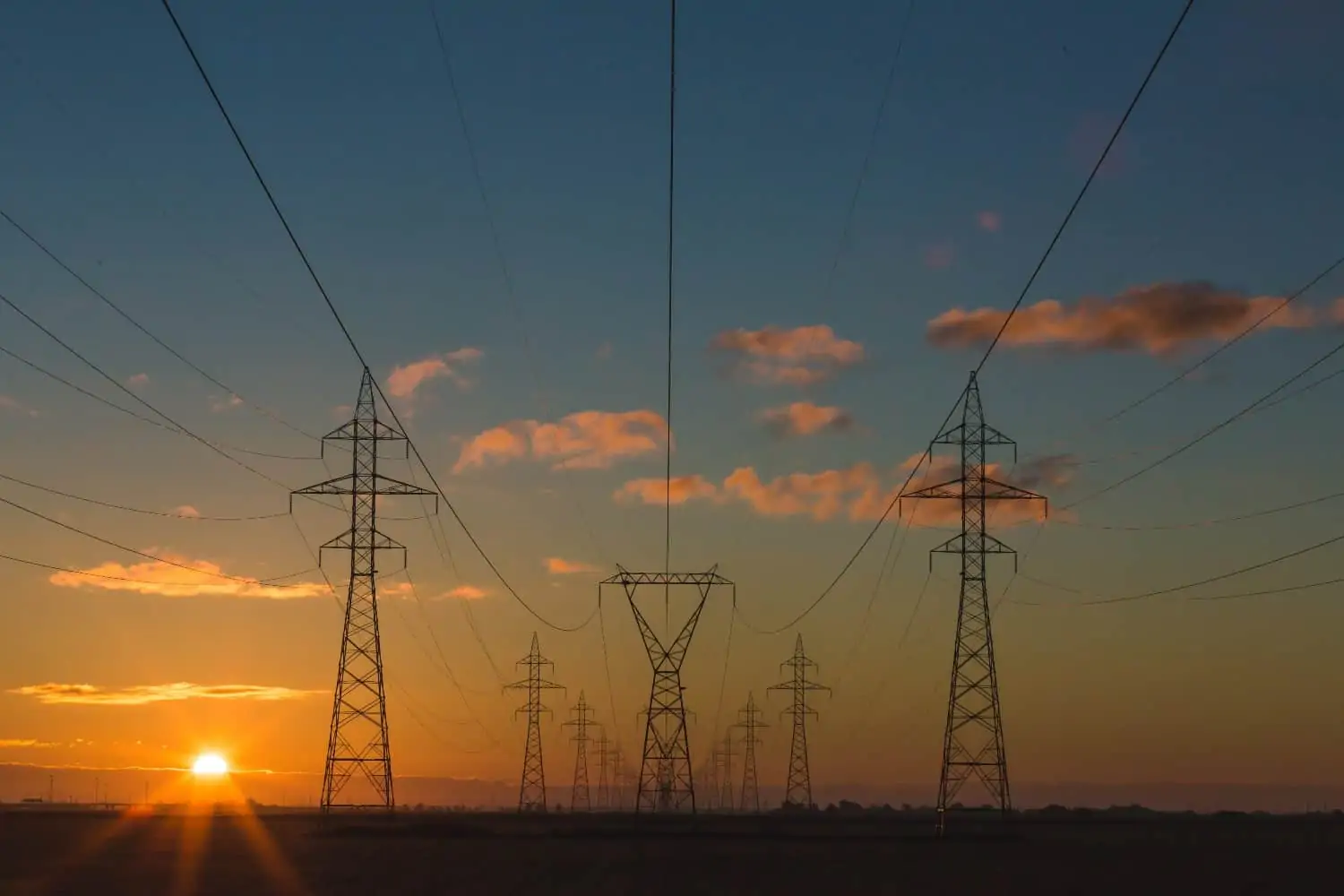Franziska Müller, University of Hamburg
It’s never been easy to categorise South Africa’s energy policies. While the country has been eager to excel in global climate diplomacy, being both a UN Framework Convention on Climate Change conference host and a Pan-African voice amplifying the call for western historical responsibilities, South Africa’s domestic climate and energy policies have been less outspoken.
Long-standing path dependencies, labelled as the “minerals-energy complex”, have resulted in a conglomerate of mining industry, national banks and the notoriously indebted energy monopolist Eskom. Although South Africa was an early adopter of clean energy policies, only its highly credited energy auction instrument finally turned the tide, by adding more than 5GW of clean energy to the national grid.
But this move was met with reluctance. This resulted in Eskom blocking grid access to dozens of renewable energy providers in 2018. South Africa’s energy transition shows signs of progress. But due to its market-driven impetus, the country can’t create green jobs in provinces such as Limpopo or Mpumalanga, where coal mines will close and put 90,000 workers at risk.
And while more than 59,000 green jobs have been created, their healthier labour conditions aren’t met by wages that equal those in the coal industry. This is why trade unions watch the transition process with less enthusiasm.
The COP26 results
On the road to Glasgow, South Africa had already underscored the need for a “just transition fund”, which would tap western financial sources and pave a way out of coal. Indeed, during the first COP26 days, a just transition partnership was announced as one of the most powerful commitments of the international community. The US, Britain, the EU, France and Germany mobilised US$8.5billion (about R131 billion) in concessional loans and grants to be channelled via multilateral development banks within the next three to five years to finance South Africa’s decarbonisation.
Yet at the same time the South African delegation to COP26 joined forces with India and China, demanding that one of COP26’s central statements regarding decarbonisation should “phase down” but not “phase out” coal. This slight change in wording profoundly weakens the political ambitions and undermines political consensus on decarbonisation. Phasing out would demand a rapid decarbonisation of the economy, including the whole value production chain. Phasing down would opt for a much slower coal exit.
In general, the finance instrument builds on the cheap pricing of clean energy and considers coal assets as too risky.
The just transition partnership with South Africa is the first of its kind. It uses an innovative instrument, the Accelerating Coal Transition facility, which was designed by the World Bank’s Climate Investment Fund. It will target energy governance, mining communities’ needs and infrastructural demands.
The deal so far
While the details of this particular partnership have not yet been laid open to the public, several points give an impression of its direction and aims:
- Support Eskom to decommission coal power stations and replace them with greener stations. This sounds like a solution to the pending transition risk, with Eskom planning to remove 22GW generation capacity from the energy system by 2035. But while Eskom is indeed turning to renewable energy, not least to avoid financial risks, this conversion still includes erecting new coal power stations. These are less carbon dioxide intense, but prolong the carbon economy. It’s also unclear whether gas is considered as a “bridge technology”.
- Strengthen private investment in renewable energy. This could foster energy auctions and competition in the energy market. But the current auction scheme has resulted in uneven renewable energy development. Enhanced competition may be detrimental for renewable energy projects with high public ownership. A transformation driven by the accelerating coal transition instrument may increase financialisation, i.e. the dominance of private and transnational interests over South Africa’s energy sector at the expense of public and domestic interests and needs.
- Strengthen investment in green hydrogen. This closely matches with Germany’s and the EU’s geopolitical interests, as their hydrogen strategies consider South Africa a target country for producing and exporting hydrogen. Still, a hydrogen economy is projected to materialise only around 2050, as the technologies for producing and transporting hydrogen are still in prototypical stage and are currently subject to massively subsidised research.
- Decarbonising value chains, and converting brown jobs into green jobs. This is a strong commitment to a just transition, which may indeed bring social security to the mine workers at risk. It may also enhance political stability. Still, this also targets South Africa’s political sovereignty, especially as social welfare issues such as job conversion – a centrepiece of public governance – become subject to the way green funds work.
Overall, this kind of partnership is laudable as far as it may support South Africa in overcoming its huge transition risk and in stabilising social peace. The move towards job conversion is remarkable, as a just transition scenario needs to reflect the social situation of mine workers and go beyond cheap talk.
To live up to this, government must foster strong cooperation with trade unions. Yet the managerial language of the accelerating coal transition instrument tells a different story, as the main aim is to “de-risk” energy governance, social tensions and infrastructural challenges. This managerial language makes greater cooperation with trade unions difficult. In this regard the package is a win for the minerals-energy complex, which will receive lavish support to transform its business model. The next year will tell what emerges.
Franziska Müller, Professor of Global Climate Governance, University of Hamburg
This article is republished from The Conversation under a Creative Commons license. Read the original article.
